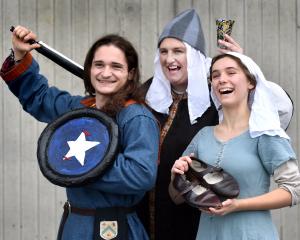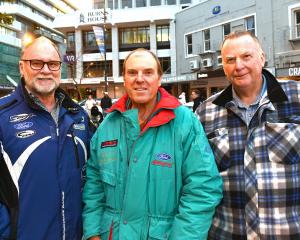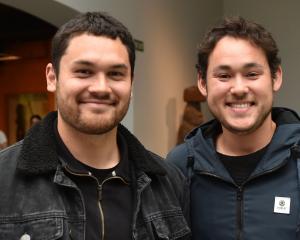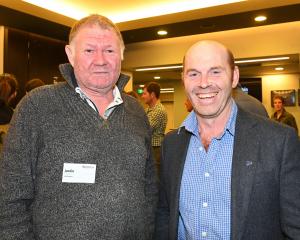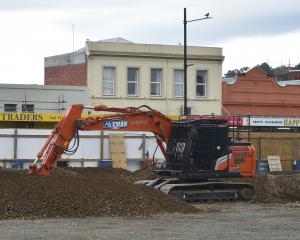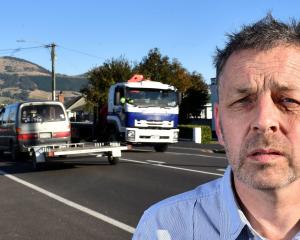Dr Richdale's niece, Shirley Alexander, of Napier, was in Dunedin this week to view the first screening of edited versions of the three recently digitised films, at the Otago Museum.
The original 8mm cine films had been made by Dr Richdale about 70 years ago, and one of the short films includes what is, almost certainly, the ''first-ever movie footage of the hatching of an albatross chick'', Mr Peat said.
Dr Richdale was the ''father'' of today's lucrative Otago Peninsula royal albatross and yellow-eyed penguin natural history viewing industries, he had become a world authority on both species, and was awarded a prestigious science medal, the Hector Medal, by the Royal Society of New Zealand, the author said earlier this week.
''Lance Richdale remains our biggest name in seabird research overseas, although his name is not widely known in New Zealand,'' he said.
Mrs Alexander said it was ''great'' that digitising the films would make them more accessible and allow her uncle to become better known among New Zealanders.
Mr Peat, a Dunedin environmentalist, said Dr Richdale's ''amazing historic footage of albatross and penguin breeding'' was likely to spark international interest among ornithologists and bird watchers.
Mr Peat has written a biography of Dr Richdale, titled Seabird Genius (2010), and gave a short talk about him at 5.30pm yesterday, before the screening.
Dr Richdale, whose day job was as a science adviser to Otago schools, studied Dunedin's royal albatrosses and penguins from about 1935 until 1960.
In 1938, he camped with nesting royal albatrosses at Taiaroa Head to protect them from disturbance and to ensure the first fledging of a chick - the beginning of the albatross colony there.
The screening was jointly hosted by the Otago Museum and the society's Otago Institute.

